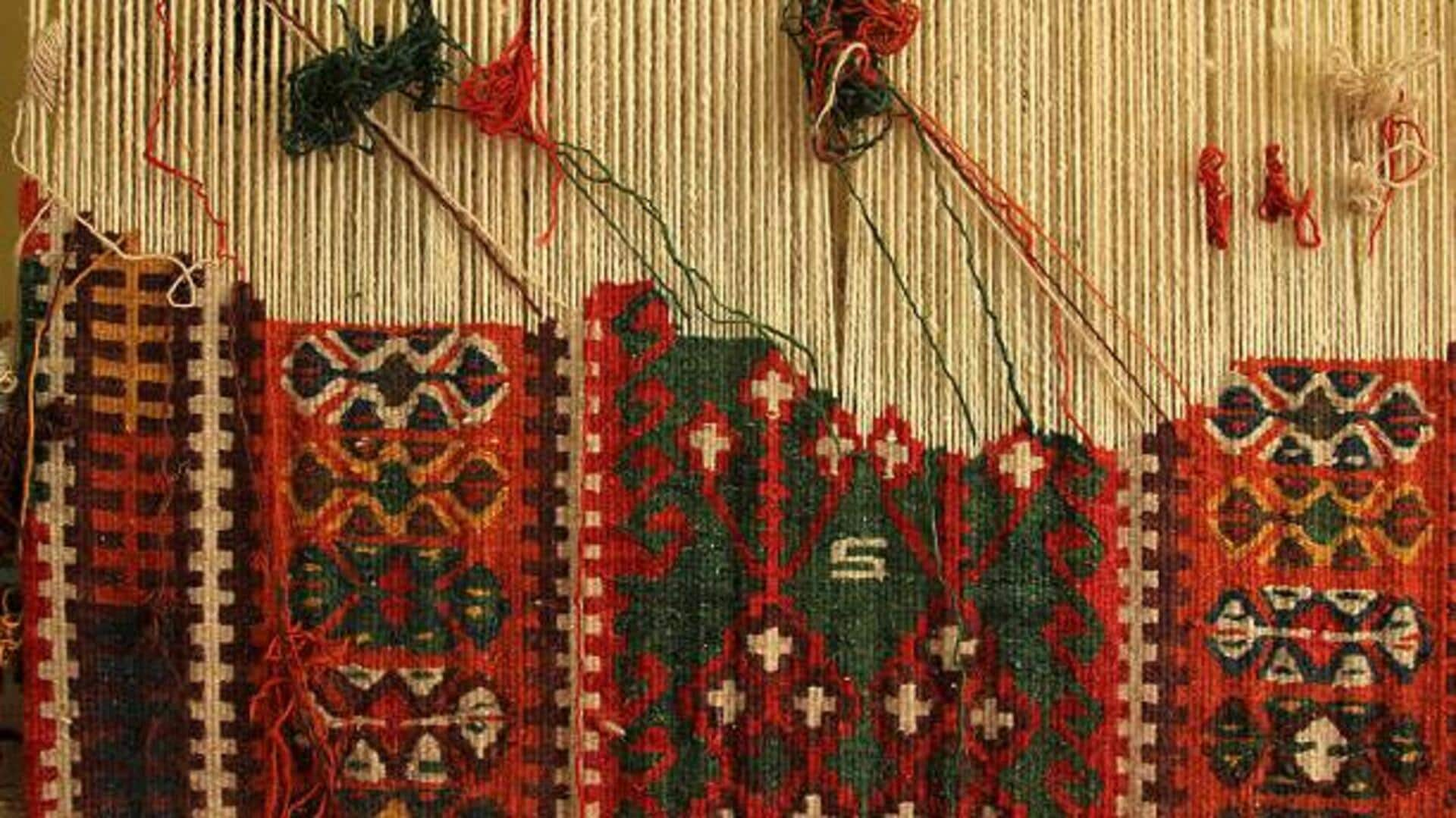
All about mat weaving
What's the story
African mat weaving is a traditional craft that turns natural fibers into functional and artistic pieces. This age-old practice showcases Africa's rich cultural heritage while promoting sustainability through eco-friendly materials. It involves intricate techniques passed down generations, highlighting the skill and creativity of artisans. By exploring this craft, we learn how traditional methods can contribute to sustainable living.
#1
Natural fibers in mat weaving
African mat weaving mainly relies on natural fibers like sisal, jute, and raffia. These materials are plentiful in various parts of Africa and are durable and flexible. Sisal, for example, comes from the agave plant and is extremely resistant to wear and tear. Jute gives softness with strength, making it perfect for different designs. Raffia is versatile, as it can be dyed in bright colors.
#2
Techniques passed down generations
The techniques of African mat weaving have been passed down orally and through hands-on training in communities. Each region might have its own style or pattern that captures local traditions or stories. The process usually starts with preparing the fibers by cleaning and sometimes dyeing them before being woven into mats using hand looms or basic tools. This meticulous craftsmanship makes each piece functional and beautiful.
#3
Economic impact on communities
Mat weaving is an essential part of supporting local economies, giving artisans, especially women who form a huge chunk of this workforce, a means of income. By selling these handcrafted items at local markets or through cooperatives, families are not only financially sustained but also cultural practices preserved. Further, with an increasing global demand for eco-friendly products, these sustainable crafts have even more sales potential.
Tip 1
Promoting sustainability through craftsmanship
By using renewable resources such as natural fibers instead of synthetic ones, African mat weaving helps the world in its quest for environmental conservation. The fact that these mats are biodegradable ensures that they don't pollute waste when disposed of properly after use. Unlike plastic alternatives, which take hundreds of years to decompose fully, if at all, thus promoting sustainability through craftsmanship.